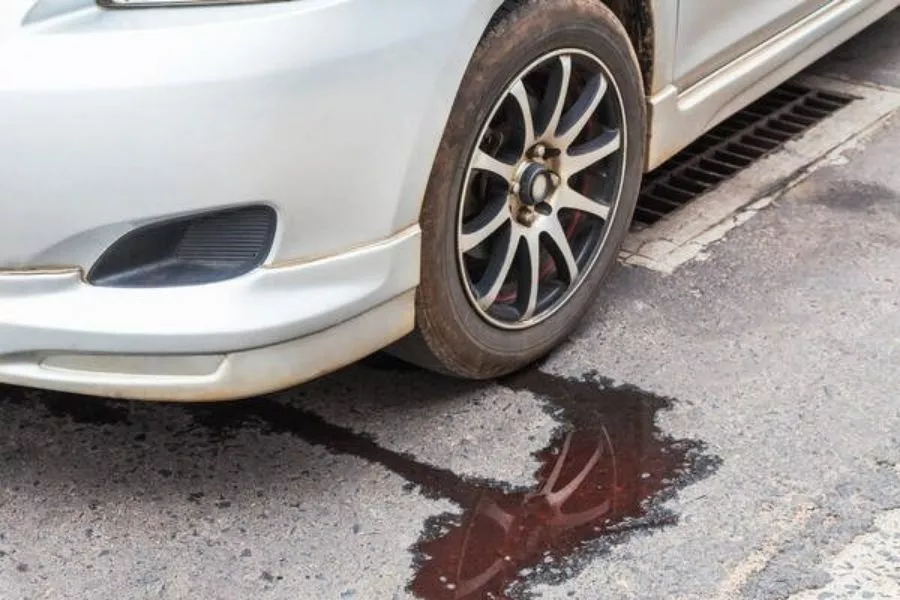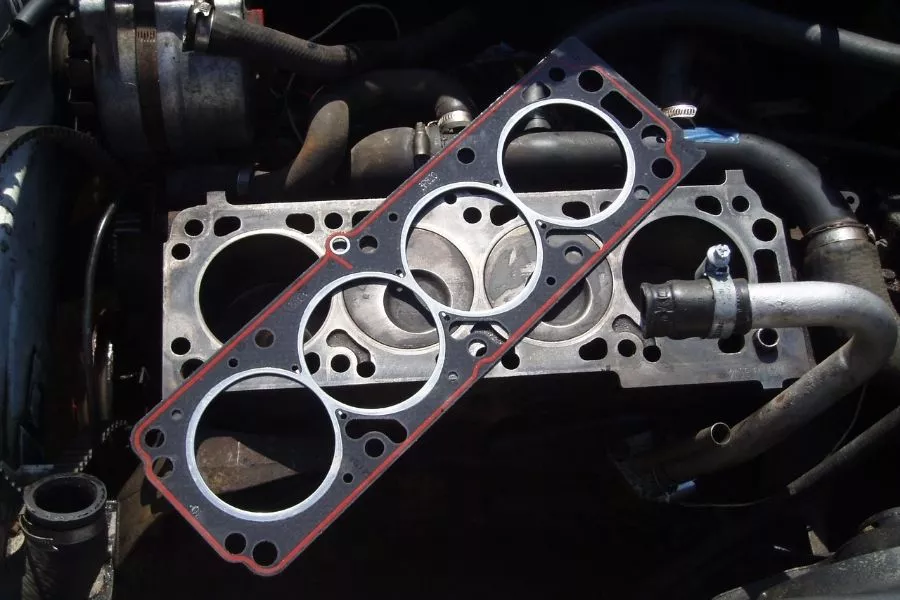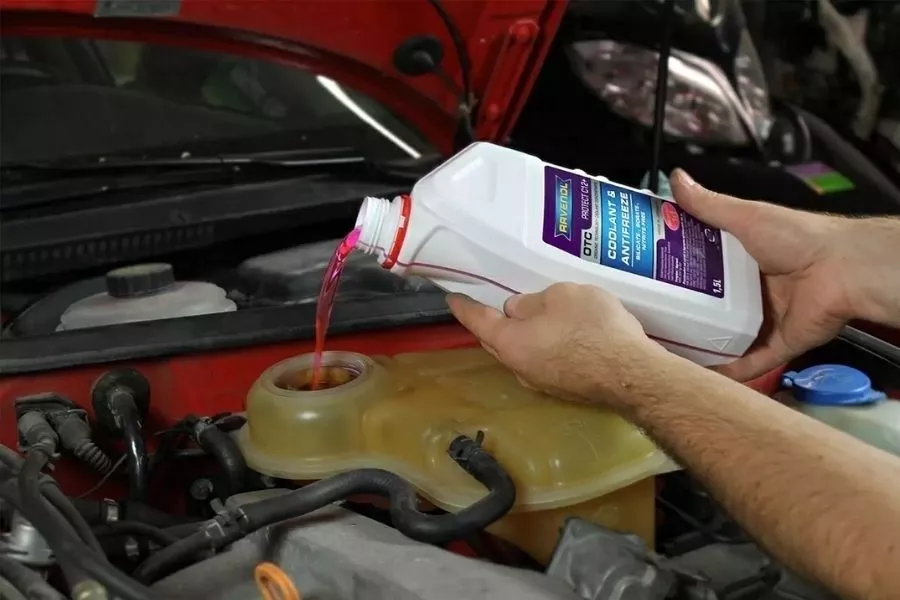It is a given that cars need several types of fluids in order to operate correctly. It needs oil to lubricate the engine’s moving parts, hydraulic fluid to actuate the clutch and brake, among others. You get the drift.
Sometimes though, these fluids can escape their rightful containers. This of course is especially true with coolant. When that happens, it might spell disaster for your car as it is crucial in staving off the accumulation of residual heat from the combustion process.

Coolant spills are a mess, but losing coolant without without visible leaks is a pain too
In some cases, though, the leak isn’t as apparent. Sometimes, you’ll find that you do not have coolant leaks at all, but the levels of the said fluid are always low. So why does this happen?
Losing coolant, but no leaks: Three reasons why this happens
Coolant loss with no leaks can stem from several possible reasons. Here are three:
1.Worn-out radiator cap – A worn-out radiator cap allows minute amounts of coolant to escape as you are driving. Apart from that, sometimes a damaged radiator cap cannot hold pressure. The cooling system of a car needs pressure to circulate the coolant. If you continue driving with a damaged radiator cap, you’ll suffer some overheating problems eventually. Luckily, this is an easy fix. Simply order the right radiator cap, and replace it.
Do note that a problematic radiator cap can also cause your coolant reservoir to dry up.

Always check if the radiator cap is properly closed
2. Internal damage – Some portions of your cooling system aren’t visible from the outside. In connection to consistent low coolant levels, this might mean that your cooling system might have sprung a leak from inside the engine. Sometimes, you won’t even catch the leak as the heat from the engine block can evaporate the evidence.
In some particularly bad scenarios, interior leaks can also be caused by fractured cylinder heads or a broken manifold. If you suspect that this is happening to your car, then have a mechanic analyze a sample of your car’s coolant. If he/she finds traces of exhaust gases/residue in the coolant, then it means that the coolant has indeed managed to invade your engine internals. This of course is an expensive fix.

Most head gaskets are made to last, but they can fail for a whole host of reasons
3. Blown head gasket - If it’s a blown head gasket, then one telltale sign of a coolant leak is excessive white exhaust smoke. You should also check the oil and see if you have inconsistent levels from one day to another. If you’re seeing that it is dropping and rising, then the coolant might have reached the combustion chamber.
Why is my car losing coolant but not overheating then?
In most instances, your car can lose a bit of coolant before reaching unsafe operating temperatures. There are, however, several factors that will determine how fast your car will overheat. For high-displacement motors with more cylinders or those tuned for high-performance, they will definitely get hot fast.
This will also depend on the age of the car. An older car will potentially have more wear and tear on its hoses and on its engine in general. If this is the case, coolant can leak very fast. You might even lose a good deal of compression but that’s a topic for another time.

If your way of addressing consistent loss of coolant is simply refilling it over and over again, you're wasting your time
And yes, it will also depend on the size of the leak. The bottom line, however, is that any type of coolant leak, whether it's affecting your engine internals or not, is bad in the long run. A leak that has reached inside your engine is the worst problem in this case.
Lastly, do check if you screwed on the radiator cap properly. If it’s lopsided or loose, coolant can still escape. For good measure, double-check everything on your car on the regular.
For more car maintenance guides, keep reading here on Philkotse.com.
Low Coolant but no leaks: FAQ
1. Can I detect burning coolant by smell?
Answer: Yes, you can definitely detect burning coolant by smell. If you don’t know what it smells like, it smells slightly sweet.
2. Can one fix a radiator hole?
Answer: If the hole isn’t large, then one can solder the hole shut. If the hole is significant, then it would be a better choice to replace the radiator altogether.
3. What do I do if my coolant reservoir is cracked?
Answer: Without a functioning coolant reservoir, your car will overheat. As such, we advise you to have it replaced immediately.
4. Is coolant poisonous?
Answer: Coolant is made out of ethylene glycol. If ingested, this is harmful to the human body.
5. My car just puked coolant, how do I clean it up?
Answer: The best way to clean coolant is to have it absorbed by kitty litter, sand, or industrial absorbents. For the trace amounts, put on rubber gloves and wipe the area down with paper towels.
Recent posts
- water as car radiator coolant Mar 06, 2021
- Car maintenance: How to check the engine's good coolant level Nov 30, 2022
- Distilled water vs Coolant: Which is the best product for your radiator? Mar 06, 2021












